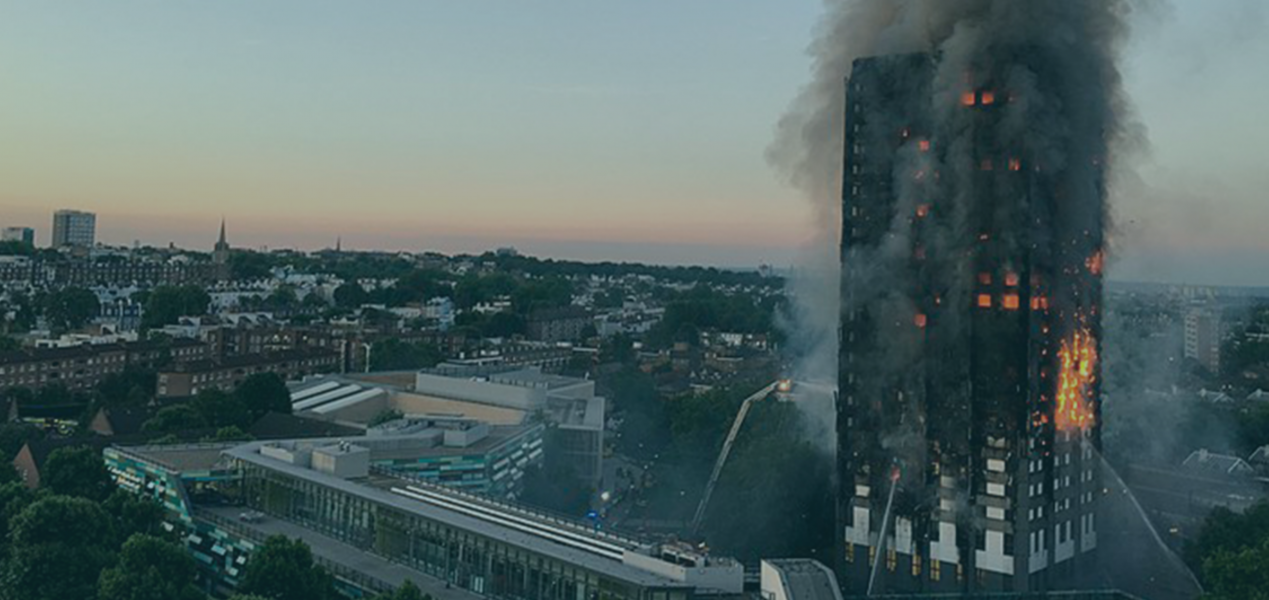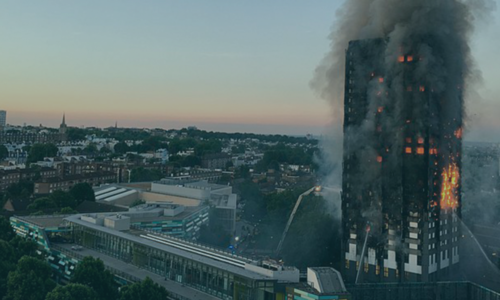We’re starting a new series of articles on the Barcelonesa Group blog called “Myths about Chemistry”.
We will be periodically posting content in which we try to debunk some of the common and entrenched myths related to chemistry.
We’ve set out to do this because we believe that the activity of the chemical sector is essential to guaranteeing the development and well-being of society as a whole.
Public opinion, however, can be easily manipulated with regard to certain complex topics —particularly when of a technical or scientific nature— and many people allow themselves to be swayed by false myths and beliefs that have no factual base.
Therefore, we’ve decided to use this blog to tackle and defy some of the ‘fake news’ related to our sector.
We’re going to begin by explaining one of the most widespread myths of our age: the supposed danger of polyurethane in relation to fires.
Everyone would like to live in a more comfortable, well-built house where they won’t hear any noise from the street or from their other neighbours.
Comfort is also achieved thanks to another indispensable concept: the idea that the home should stay warm when it’s cold outside or cool when it’s hot (as nobody likes paying a fortune for heating or air conditioning).
Using a good insulation material in the walls can considerably minimise heat loss, leading to significant savings on utilities. For this job, nothing can stand up against polyurethane.
However, this is where today’s myth comes into play: many people claim that the polyurethane used to insulate homes is dangerous because it is flammable. They believe that, if a fire breaks loose, the flames will spread much faster and can turn an entire building into a flaming firebrand in a matter of minutes.
This post will show you that this just isn’t true.
The Towering Inferno
Surely you’ve seen the film The Towering Inferno at some point in your life.
The plot of the film unfolds as a fire accidentally breaks out in a recently built skyscraper. It ends up transforming into a full-blown disaster because the building is full of people and the firefighters aren’t able to put out the fire.
Unfortunately, the images from this film have become reality on far too many occasions.
In fact, in June 2017, 72 people died in London when the 24-storey Grenfell Tower suffered a terrifying fire caused by a household appliance that exploded.
In a matter of minutes, the flames took hold of a large part of the building, which ended up burning on all sides.
The tragedy shocked the public, largely due to the speculations tossed about by the more sensationalist media outlets, which blamed polyurethane as the reason why the fire spread so quickly across the facade of the building.
The exact reasons as to why the building burned so quickly are still unknown.
Despite the lack of official information, many people continue to make unsubstantiated comments claiming that it was polyurethane that caused the fire to spread so quickly.
Can polyurethane cause a fire to spread more rapidly?
If you heed the urban myths, it’s possible that you may believe that polyurethane is a dangerous, or even deadly, material.
The question that many people ask is: could polyurethane be responsible for the rapid spread of fires such as the fire that broke out in Grenfell Tower?
As you will discover below, this is not the case.
European regulations for fire testing and clasification
To put your mind at ease, you should know that the polyurethane that is used in construction complies with all the regulations regarding reaction to fire.
What’s more, it must be considered that polyurethane is not visible, even when projected onto the walls or facade of a building, but is rather enclosed inside a more resistant construction component that features external layers that protect against fires.
This means that, among other things, fire resistance is characterised by the materials used in the exterior cladding layer that is placed over the polyurethane.
On the other hand, polyurethane is manufactured with flame retardants that improve its fire resistance and which may provide precisely those extra seconds that will allow us to escape at the start of a fire. Likewise, the presence of a higher proportion of polyisocyanurate in the formula (PIR) significantly improves the fire rating.
Therefore, polyurethane will be more or less fire resistant depending on its specific formula and how the materials used to manufacture the external cladding layers behave (which comply with various Euroclasses of reaction to fire and fire resistance).
Construction components that affect the spread of a fire
Though it has become clear that polyurethane is safe, several issues relating to the rapid spread of fire must be taken into account when constructing a building:
- Buildings must be built to prevent fires: this means that it is best to section off curtain wall facades between storeys, place water sprinklers on all floors and build multiple evacuation routes. By doing this, the onset of fires will be avoided as much as possible, and fires that do break loose will not spread as quickly from the outset.
- Insulating construction materials must protect the insulating core in their interior: the external portion of insulation panels must be made with fire-resistant materials that prevent or delay, to the greatest possible extent, the spread of the fire to the polyurethane that is enclosed within its core. For that very reason, sheet metal, or brick, cement, mortar, or gypsum partition walls are used to prevent fires from reaching the polyurethane.
- The more resistant the outer layer, the lower the risk of the polyurethane catching fire: the exterior material will determine the fire resistance capacity (in terms of time and temperature). If the outer protection succumbs to fire, the flames will reach the polyurethane; in this case, the polyurethane extinguishes itself when it starts to burn. Unlike other materials such as polystyrene, polyurethane never drips or melts when it catches fire, and therefore does not contribute to the spread of the fire. When flames breach the outer protective material of an insulation panel, the surface of the polyurethane will begin to burn. But it will quickly start to carbonize. This reaction helps protect the core so that the fire doesn’t continue to spread (at least for a time or under certain temperature conditions).
With all this in mind, the myth that polyurethane is dangerous has been satisfactorily exposed, as polyurethane cannot serve as the source nor the propagator of a fire.
In any case, if you’d like to learn more about how we manufacture polyurethane at the Barcelonesa, use the following form to contact our specialised department.


